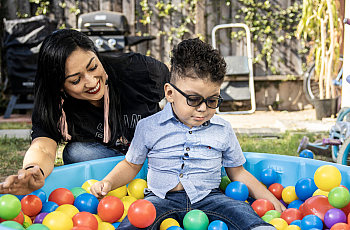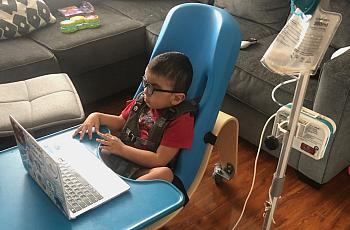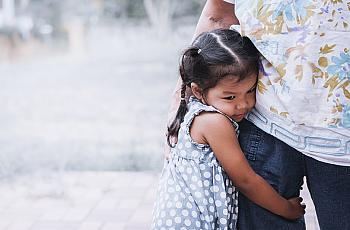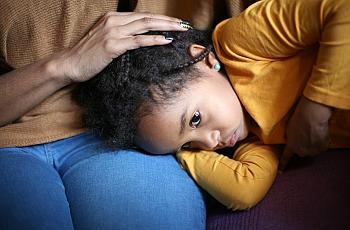
Claudia Boyd-Barrett
Freelancer

Freelancer

Families share experiences of living through the pandemic and what help they still need.

Many of the topics we report on every day benefit when viewed through a child-focused lens.

Like thousands of parents across California and beyond who are caring for children with physical, behavioral and developmental conditions, the Ansaris rely on a small army of teachers, therapists, nurses and other caregivers to get through the week.

“We kind of got stuck in limbo,” said Melissa Alcala, whose son has a rare genetic disorder.

Research shows home visiting programs can help prevent child abuse and neglect, improve school readiness, increase the physical and mental wellbeing of moms and kids.
Amid pandemic, young kids with special needs missing out on services
For Survivors of Violen

Domestic violence, the leading cause of homelessness among women and children, is increasing during the pandemic.

One consistent memory I have from reporting on California’s mental health system for low-income children is repeatedly asking myself, “Why is this so hard?”

“Access varies quite dramatically depending on where you are,” said Kim Lewis of the National Health Law Program. “There isn’t a lot being done to ensure accountability in each county.”

This article was produced as a project for the 2017 California Data Fellowship, a program of the USC Annenberg Center for Health Journalism.
![[Photo by Ian D. Keating via Flickr.]](/sites/default/files/styles/teaser_list_thumbnail/public/title_images/photo_204.jpg?itok=s8h6I06L)
California spends an estimated $4 to $5 billion a year on mental health services for children and teens. Our goal is to find out whether access to mental health care is equitable across the state, as required by law.